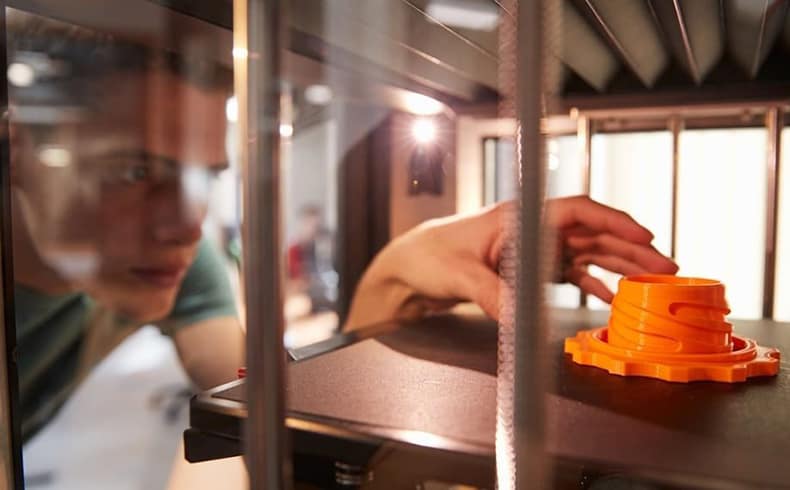Design+: new ProJet MJP 5600 Multi-Material 3D Printer
A key component of collaborative industry projects is the ability to prototype concepts for testing and validation. Design is an iterative process of testing and redesign. The Design+ Gateway has been an early user and advocate of 3D printing since its establishment in 2016, using both a Zcorp powder printer and an SLA Viper. There have …
Design+: new ProJet MJP 5600 Multi-Material 3D Printer Read More »

